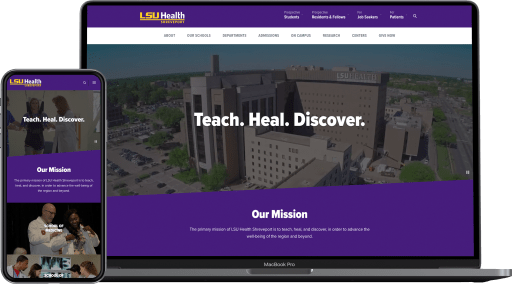- Final Isumr.'s Learning Website Free
- Final Isumr.'s Learning Website Login
- Summer Learning Fun
- Final Isumr.'s Learning Websites
Blended > Final Course Reflection
|
Concept:

This project uses a webcam and hand gestures to control a character in a Unity WebGL environment.
Laboratory Manual in Physical Geology, 12th ed; added by Karen Yip; An Indigenous Peoples' History of the United States (REVISIONING HISTORY) added by Ann Bragdon; Environmental Science: A Study of Interrelationships, 15th Edition. This essay is an approach to learning the Trivium, emphasizing learning and study skills. Also includes commentary on emotional and physical health, as well as an expanded reading list.
Behind the Concept
Final Isumr.'s Learning Website Free
Throughout my time here at ITP, I have spent a lot of time in one particular software platform: Unity. I jokingly tell my friends that I look at the Unity skybox more often than I look at the actual sky (which unfortunately is not too far away from the truth). When we had the presentation by the Google team about their teachable machine. The ease of training a model appealed to me and learning of how to integrate this into Unity came up as a possible application. I had no experience publishing a unity game to web and had only tried the teachable machine once before attempting to make this project. I definitely ran into some hurdles along the way but I am certainly satisfied with the final result and can’t wait to apply this in other ways!

Process:
Building the Unity WebGL Game
For the game and assets I downloaded asset pack from the unity asset store (https://assetstore.unity.com/packages/templates/packs/low-poly-game-kit-110455) which provided a base for me to build off of. This part was not too tricky; the difficulty came in trying to understand the player controller script and modifying it in order to receive custom inputs. Once that was accomplished, it was a matter of creating functions for these inputs that can be accessed by my javascript sketch and publishing it to web.
Training Google Image Classifier
Training the model is very easy, but making sure your data is as clean (clear background, adjust hand gestures within class to account for margin of error). Following is an example and not the training set used in final game.
Integrating Unity and Javascript
Final Isumr.'s Learning Website Login
This part was definitely the hardest part technically. There is a method you can call from javascript on the Unity game instance called “SendMessage()” which receives the gameObject, the function you want to call, and the value to pass into that function. However, this can only be called once the game has fully loaded. Identifying this point was difficult so, with some advice from Yining, I added a start button that would tell the Javascript sketch to run only after that button had been pressed.
Summer Learning Fun
Demo: https://dylandawk.github.io/ml4w-homework/FinalTest03/


Final Isumr.'s Learning Websites
Github: https://github.com/dylandawk/ml4w-homework/tree/master/FinalTest03
